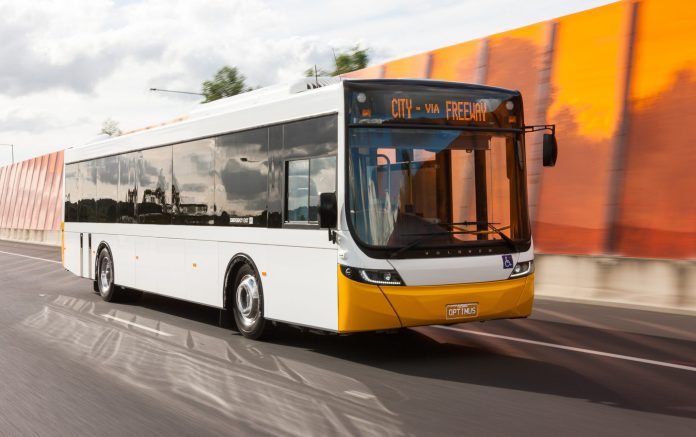
The influx of cheap overseas imports has always been one of the biggest challenges facing Australian manufacturers, who work in a high cost environment and therefore must find other ways to drive costs down to remain competitive on the international market.

Victorian bus body manufacturer Volgren is a good example of how an Australian company can cope with these challenges by thinking outside the box and getting creative.
Faced with the prospect of a five-fold increase in bus imports into the country, the once-family owned manufacturer set the goal of halving the time to manufacture a bus body, while challenging employees to improve the overall safety, quality and delivery of their buses.
Volgren CEO, Peter Dale, who led the bottom-up innovation program, said the company not only needed to become more productive, but also to completely rethink the end product in order to stay afloat.
“Five years ago, it took us 1,000 hours to produce a bus body. We could see that without dramatic changes we were going to be squeezed out of the market,” Mr Dale said.
“We set the target of building a bus body in ten days, or 500 hours, which at the time was hard for employees to conceive. But training people at all levels of the business to question process efficiency and to look for opportunities to save time or costs meant we were able to achieve the goal in just four years.”
The finished product, called the Optimus bus, was designed in collaboration with Monash University. Composed out of an aluminium frame with Volgren’s unique Co-BOLT technology, the bus is not only lighter, stronger and safer than steel-framed buses, but it also reduces lifetime costs by about $100,000.
Volgren, which has manufacturing plants in Victoria, Western Australia and Brisbane, sells close to two in every three route buses in Australia and manufactures roughly 10 bus bodies a week.
“Looking at a bus operator’s bottom line, it’s not about price, it’s about the lowest cost of total ownership,” Mr Dale said.
“Our strategy is about producing safe, high-quality buses with the lowest whole-of-life costs, reducing the need for constant bus repairs and improving regular maintenance.”
He said the company was backed by its majority owner, Marcopolo, to boost overseas exports of Australian-built bus bodies and bus kits into Asia.
“We see enormous potential throughout Asia and with the backing of Marcopolo we’re in great position to get more involved in global markets and value chains,” Mr Dale added.
“The interest we’ve had so far says a lot about the quality and compatibility of Volgren buses and Australia’s reputation and competitiveness within the broader bus building industry,” Dale said.




















